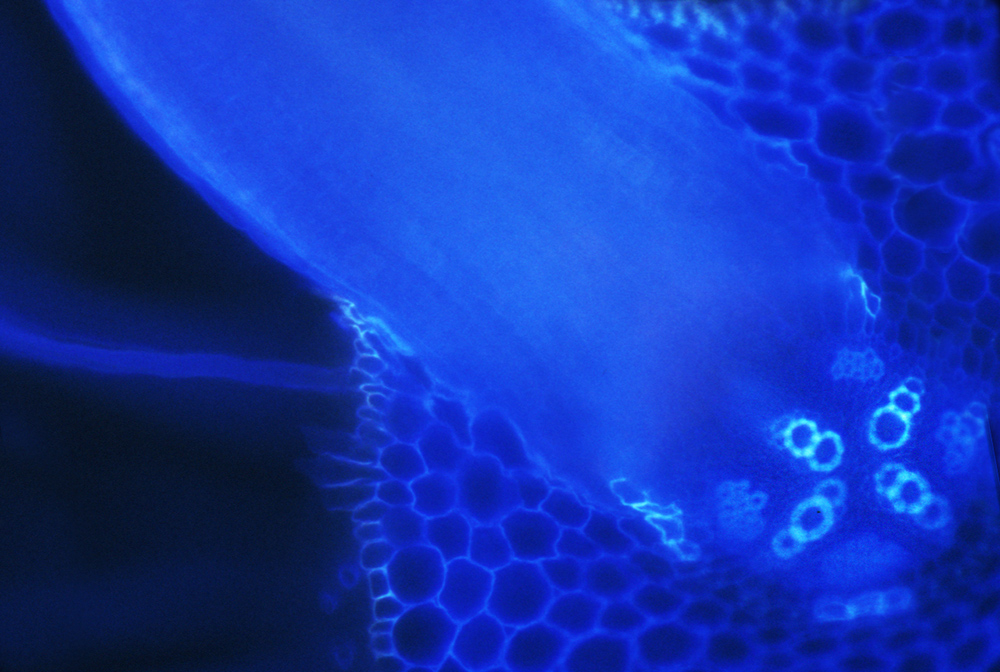
Djordjevic Group - Root architecture, root nodule formation, nitrogen fixation, regulatory peptides, plant development, Rhizobium
Sustainable food security is of utmost importance to the future of the planet.
About
Sustainable food security is of utmost importance to the future of the planet. The root systems of plants play vital roles in the overall fitness and productivity of plants. The architecture of the root system is greatly influenced by nutrient availability and the environmental conditions they line in. Environmental conditions also influence the ability of certain plants (predominantly legumes) to engage in an agriculturally-important symbiosis with nitrogen fixing bacteria called rhizobia. Rhizobia invade the root tissues and this results in the production of new organs, root nodules, which are capable of fixing substantial quantities of nitrogen which ultimately becomes bio-available in an ecologically-sustainable manner. Understanding the complex regulatory networks controlling root architecture and root nodule formation has the potential to address major issues threatening agricultural and ecological sustainability and human health.
Recent work from our lab has identified new classes of secreted regulatory peptides which have hormone-like properties. The genes encoding these peptides are regulated by environmental stimuli and control important aspect of root and shoot growth and architecture as well as enhance root nodule formation in pasture legumes. Our main focus is to investigate how these peptides act in the model species Arabidopsis, Medicago and Brachypodium. We are also interested in how our work can be translated into crop species and their relatives, such as soybean, canola, rice and wheat, with a view to improving crop architecture and the ability of crops to react to stresses in more favourable ways
Awards
Publications
Selected publications
- Delay C, Imin N, Djordjevic MA. (2013). CEP genes regulate root and shoot development in response to environmental cues and are specific to seed plants. J Experimental Botany 64: 5383-5394.
- Imin N, Mohd-Radzman NA, Ogilvie HA, Djordjevic MA (2013). The peptide encoding gene CEP1 modulates lateral root and nodule numbers in Medicago truncatula. J Experimental Botany 64: 5395-5409.
- Bobay BG, diGennaro P, Scholl E, Imin N, Djordjevic MA, Bird, DM (2013) Solution NMR studies of the plant peptide hormone CEP inform function. FEBS Letters 587: 3979-3985.
- Saur I, Oakes M, Djordjevic MA, Imin N (2011). Crosstalk between the nodulation signaling pathway and the autoregulation of nodulation in Medicago truncatula. New Phytologist. 190: 865-874.
- James G.O., Hocart CH, Hillier W., Chen, H., Kordbacheh F., Price D and Djordjevic MA. (2010) Fatty Acid Profiling of Chlamydomonas reinhardtii under Nitrogen Deprivation. Bioresearch Biotechnology. 102: 3343-3351
- Hueber SD, Weiller GF, Djordjevic MA, Frickey T. (2010). Improving Hox Protein Classification across the Major Model Organisms. PLOS ONE 5: e10820
- Buer CS, Djordjevic MA. (2009) Architectural phenotypes in the transparent testa mutants of Arabidopsis thaliana. J Experimental Botany 60 : 751-763.
- Miyahara A, Hirani TA, Oakes M Kereszt A, Kobe B, Djordjevic M A., Gresshoff PM. (2008) Soybean nodule autoregulation receptor kinase phosphorylates two kinase-associated protein phosphatases in vitro. Journal of Biological Chemistry: 283: 25381-253
- Djordjevic M.A., Oakes M.., Hocart C., Li, D. and Gresshoff, P.M. (2007). Analysis of secreted proteins present in Glycine max xylem sap. Journal of Proteome Research. 6: 3771-3779.
- Buer CS, Muday GK and Djordjevic M.A. (2007). Flavonoids are differentially taken up, converted to downstream products, and transported long distances in Arabidopsis. Plant Physiology. 145 : 478-490.
- Djordjevic M.A., Chen H-C, Natera, SHA, van Noorden G., Menzel, C, Taylor, S., Geiger O, Weiller, G. (2003). A global analysis of protein expression profiles in Sinorhizobium meliloti: Discovery of new genes for nodule occupancy and stress adaptation. Molecular Plant-Microbe Interactions.16: 508-524.
- Mathesius U, Schlaman HRM, Spaink HP, Sautter C, Rolfe BG and Djordjevic MA (1998) Auxin transport inhibition precedes nodule initiation in white clover roots and is regulated by flavonoids and derivatives of chitin oligosaccharides. Plant Journal. 14: 23-34







